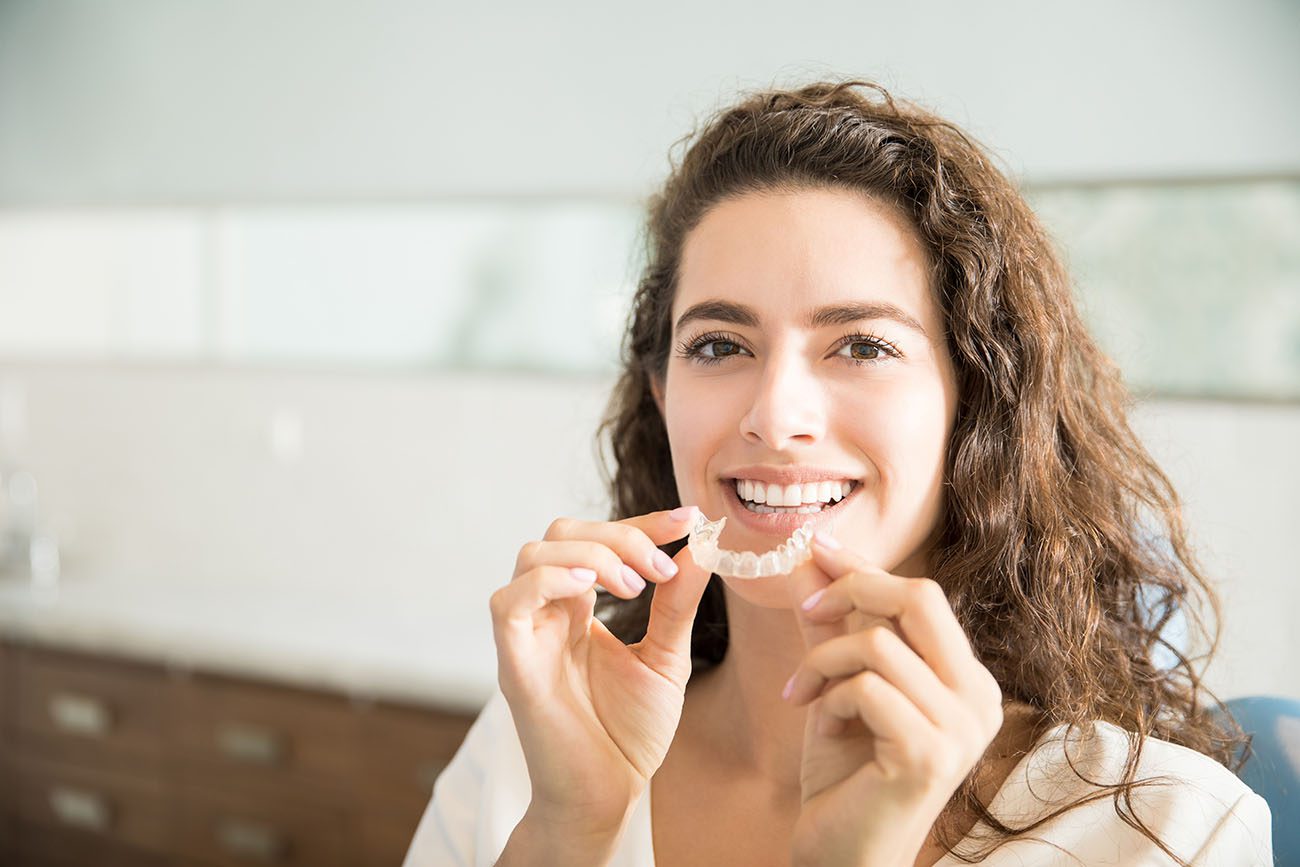When it comes to straightening your teeth, you have options. Two popular choices are Invisalign and traditional braces. Each has its own set of benefits and drawbacks, so it's essential to weigh them carefully before making a decision. In this article, we will explore the differences between Invisalign and traditional braces to help you determine which option is right for you.
One of the key benefits of Invisalign orthodontics is its convenience and comfort. Unlike metal braces, Invisalign aligners can be easily removed for eating, drinking, brushing, and flossing. This means that patients can continue to enjoy their favorite foods and maintain their oral hygiene routine without any restrictions. Additionally, the smooth and comfortable aligners eliminate the risk of irritation or discomfort often associated with traditional braces.
Cost
One of the most significant factors to consider when choosing between Invisalign and traditional braces is the cost. Here is a breakdown of the cost differences between the two:
Invisalign
- Cost: Invisalign tends to be more expensive than traditional braces.
- Insurance Coverage: Some insurance plans may cover a portion of the cost of Invisalign treatment.
- Additional Costs: Invisalign may require additional costs for replacement aligners or repairs.
Traditional Braces
- Cost: Traditional braces are generally more affordable than Invisalign.
- Insurance Coverage: Many insurance plans cover a portion of the cost of traditional braces.
- Additional Costs: Traditional braces may require additional costs for adjustments or repairs.
Ultimately, the cost of treatment may play a significant role in your decision between Invisalign and traditional braces.
Appearance
Another crucial factor to consider is the appearance of the orthodontic treatment. Here is how Invisalign and traditional braces compare in terms of appearance:
Invisalign
- Appearance: Invisalign aligners are virtually invisible, making them a popular choice for those concerned about the appearance of traditional braces.
- Removability: Invisalign aligners can be removed for eating, drinking, and special occasions.
- Staining: Invisalign aligners are prone to staining if not properly cleaned.
Traditional Braces
- Appearance: Traditional braces are more noticeable due to the metal brackets and wires.
- Customization: Braces can be customized with colored bands for a more personalized look.
- Cleaning: Traditional braces require extra care and attention to keep clean.
If appearance is a significant concern for you, Invisalign may be the preferable option.
Effectiveness
Both Invisalign and traditional braces are effective in straightening teeth, but they may differ in certain aspects of treatment effectiveness:
Invisalign
- Effectiveness: Invisalign is highly effective for mild to moderate orthodontic issues.
- Compliance: Success with Invisalign depends on wearing the aligners for at least 22 hours per day.
- Treatment Time: Invisalign treatment may take longer for complex cases.
Traditional Braces
- Effectiveness: Traditional braces are effective for all types of orthodontic issues, including severe cases.
- Control: Orthodontists have more control over the movement of teeth with traditional braces.
- Treatment Time: Traditional braces may achieve results more quickly, especially for complex cases.
If you have severe orthodontic issues or require precise control over tooth movement, traditional braces may be the more effective choice.
Comfort
Comfort is another crucial consideration when deciding between Invisalign and traditional braces. Here are some key factors to keep in mind:
Invisalign
- Comfort: Invisalign aligners are smooth and comfortable, with no sharp edges to irritate the mouth.
- Speech: Some people may experience a slight lisp when wearing Invisalign aligners initially.
- Mouth Irritation: Invisalign may cause less irritation to the mouth and gums compared to traditional braces.
Traditional Braces
- Comfort: Traditional braces can cause discomfort and irritation due to the metal brackets and wires.
- Speech: Some people may also experience changes in their speech patterns with traditional braces.
- Food Restrictions: Certain foods may need to be avoided to prevent damage to the braces.
If comfort is a top priority for you, Invisalign may offer a more pleasant orthodontic experience.
Conclusion
Choosing between Invisalign and traditional braces is a personal decision that depends on various factors such as cost, appearance, effectiveness, and comfort. It's essential to consult with your orthodontist to discuss your specific needs and goals before making a decision. Ultimately, both options can help you achieve a straighter, healthier smile, so it's essential to choose the treatment that best fits your lifestyle and preferences.

